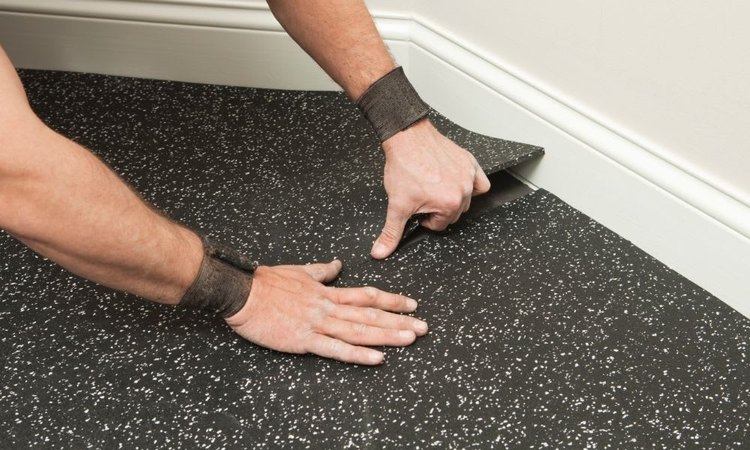Doors: Financing Options for Your Home Improvement Project
Doors play a crucial role in our homes, providing security, insulation, and aesthetic appeal. Whether you're replacing an old door or installing new ones as part of a renovation, the cost can be significant. Fortunately, there are various financing options available to help homeowners manage the expense of door installations or replacements. This article will explore different ways to finance your door project, including loans, credit options, and payment plans.

How can a personal loan help finance your door installation?
Personal loans are a popular option for financing home improvement projects, including door installations. These unsecured loans can be obtained from banks, credit unions, or online lenders. The advantage of a personal loan is that you receive a lump sum upfront, which you can use to pay for your doors and installation costs. You then repay the loan in fixed monthly installments over a set term, typically ranging from one to seven years.
When considering a personal loan for your door project, it’s essential to compare interest rates, loan terms, and fees from multiple lenders. Your credit score will play a significant role in determining the interest rate you’re offered. Generally, personal loans have lower interest rates than credit cards, making them a more cost-effective option for larger expenses like door installations.
What credit options are available for financing doors?
Credit cards can be a convenient way to finance your door project, especially if you have a card with a high credit limit or can qualify for a new card with a promotional offer. Many home improvement stores offer their own credit cards, which may come with special financing terms for large purchases. Some advantages of using credit cards include:
-
0% APR introductory periods: Some cards offer interest-free periods on purchases, typically ranging from 6 to 18 months.
-
Rewards points or cashback: You may earn rewards on your door purchase, effectively reducing the overall cost.
-
Flexibility: Credit cards allow you to pay off the balance at your own pace, as long as you make the minimum monthly payments.
However, it’s crucial to be cautious with credit card financing. If you can’t pay off the balance before any promotional period ends, you may face high interest rates that can significantly increase the cost of your door project.
Are there specialized door financing programs available?
Many door manufacturers and installation companies offer their own financing programs tailored specifically for door projects. These programs often feature:
-
Deferred interest plans: Pay no interest if the balance is paid in full within a specified period.
-
Fixed monthly payments: Predictable installments that fit your budget.
-
Competitive interest rates: Often lower than standard credit card rates.
-
Quick approval processes: Many companies offer instant decisions on financing applications.
When exploring these options, be sure to read the terms and conditions carefully. Some programs may have penalties for early payoff or high interest rates if the balance isn’t paid within the promotional period.
How do payment plans work for door installations?
Payment plans are another popular option for financing door projects. These plans typically allow you to split the cost of your doors and installation into equal monthly payments over a set period. Some key features of payment plans include:
-
Fixed payments: You know exactly how much you’ll pay each month.
-
No interest options: Some plans offer interest-free periods if paid within a certain timeframe.
-
Flexible terms: Plans may range from a few months to several years, depending on the provider.
Many door retailers and installation companies partner with third-party financing providers to offer these payment plans. It’s important to compare the terms of different plans and understand any fees or penalties associated with them.
What should you consider when choosing a financing option for your door project?
When deciding how to finance your door installation or replacement, consider the following factors:
-
Total cost: Calculate the full cost of the financing, including interest and fees.
-
Monthly payments: Ensure the payments fit comfortably within your budget.
-
Credit impact: Some financing options may require a hard credit check, which can temporarily lower your credit score.
-
Repayment term: Choose a term that balances affordable monthly payments with a reasonable overall cost.
-
Prepayment penalties: Check if there are any fees for paying off the balance early.
| Financing Option | Provider Example | Key Features | Estimated APR Range |
|---|---|---|---|
| Personal Loan | LightStream | Fixed rates, no fees, quick funding | 5.99% - 19.99% |
| Credit Card | Home Depot Consumer Card | Up to 24 months financing on qualifying purchases | 17.99% - 26.99% |
| Manufacturer Financing | Pella Windows & Doors | Special financing offers, flexible terms | Varies by promotion |
| Payment Plan | Affirm | 3, 6, or 12-month terms, no late fees | 0% - 30% |
Prices, rates, or cost estimates mentioned in this article are based on the latest available information but may change over time. Independent research is advised before making financial decisions.
Choosing the right financing option for your door project depends on your individual financial situation, the cost of the project, and your long-term financial goals. By carefully considering the available options and comparing their terms, you can find a financing solution that allows you to enhance your home with new doors while maintaining financial stability. Remember to always read the fine print and consider consulting with a financial advisor before committing to any financing agreement.






